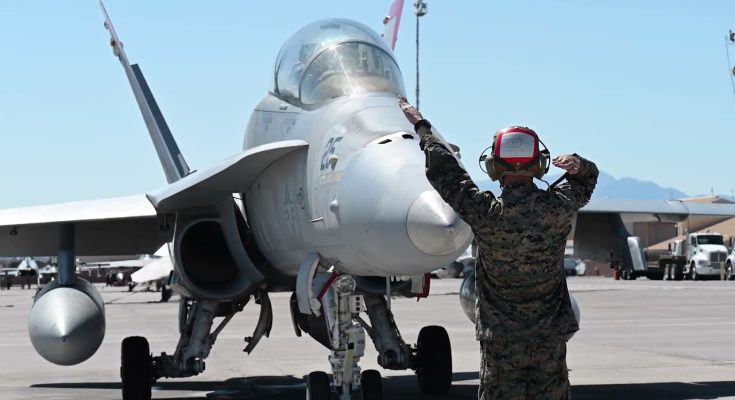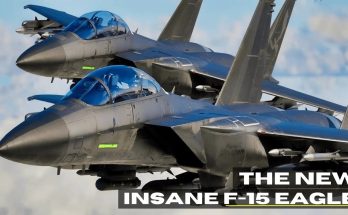Red Flag-Nellis 25-2 Launches: An Overview
Red Flag-Nellis, one of the most well-known and high-profile military training exercises in the world, has once again launched with its 25-2 iteration at Nellis Air Force Base in Nevada. Aimed at providing realistic combat training for air forces and allied forces from around the globe, Red Flag-Nellis is an opportunity to push the limits of operational readiness in an environment that mimics the intensity and unpredictability of modern warfare.
What is Red Flag?
Red Flag is an advanced, large-scale training exercise that has been held at Nellis Air Force Base since 1975. The primary goal of the event is to simulate a large-scale, multi-national conflict to prepare participating air forces for high-stakes combat scenarios. It provides an immersive experience where pilots and crew members can train in a near-realistic combat environment, testing their skills, strategies, and coordination under intense pressure.
The exercises are designed to simulate complex, high-intensity conflicts that include air-to-air combat, air-to-ground strikes, suppression of enemy air defenses, and close air support. Over the years, Red Flag has become a premier event for military aviation professionals, attracting participants from allied nations, particularly the U.S. Air Force, NATO members, and other partner nations.
The 25-2 Iteration
The “25-2” in Red Flag-Nellis 25-2 refers to the specific version of the training exercise, with “25” indicating the year and “2” denoting the second iteration of that year’s event. Each iteration generally lasts for a few weeks, with hundreds of sorties (flights) conducted by a wide array of aircraft from various military branches and allied nations.
In the Red Flag-Nellis 25-2 iteration, the focus is on adapting to the rapidly changing landscape of modern warfare. Technological advancements, emerging threats, and the increasing complexity of integrated combat scenarios require a more dynamic approach to training. As such, the exercise integrates next-generation fighter aircraft, such as the F-35 Lightning II and the F-22 Raptor, alongside legacy systems like the F-16 Fighting Falcon and the A-10 Thunderbolt II. These platforms engage in simulated missions with a wide range of targets, such as enemy aircraft, ground-based missile systems, and air defenses.
A Multi-National Training Event
One of the defining characteristics of Red Flag-Nellis 25-2 is the participation of multiple nations. While the U.S. Air Force remains the primary organizer and contributor, countries like the United Kingdom, Australia, Canada, and several NATO allies routinely take part. Each participating nation brings its own fleet of aircraft, tactics, and operational experiences to the table, fostering collaboration and improving interoperability between allied forces.
The exercise not only includes air combat but also integrates other services and domains, such as joint operations with ground forces, intelligence, surveillance, and reconnaissance (ISR) units, and cyber warfare specialists. This multi-domain approach is designed to reflect the increasingly complex nature of modern warfare, where success on the battlefield depends on effective cooperation between air, ground, maritime, and cyber forces.
The Role of Advanced Technology
Red Flag-Nellis 25-2 continues to leverage cutting-edge technology, integrating simulated combat environments that mirror the technological advancements of current and future warfare. The exercise features a mix of live-action and simulated operations, with adversaries played by high-fidelity air combat simulation systems. These systems allow participants to engage in realistic scenarios while operating advanced tools such as electronic warfare systems, GPS jamming, and even cyberattacks, which are becoming increasingly common on modern battlefields.
The Importance of Red Flag-Nellis 25-2
The Red Flag-Nellis 25-2 iteration serves as a crucial training event for the U.S. and its allies, ensuring that air forces maintain their readiness and operational effectiveness. The exercise allows crews to test new tactics, refine their strategies, and learn from real-world simulations of combat situations. This ensures that air forces remain prepared for any scenario, while also enabling international partnerships and cooperation that strengthen overall global security.
Through the Red Flag-Nellis 25-2 launch, participating air forces reinforce the importance of readiness and adaptability in an increasingly unpredictable and technologically advanced combat environment.



